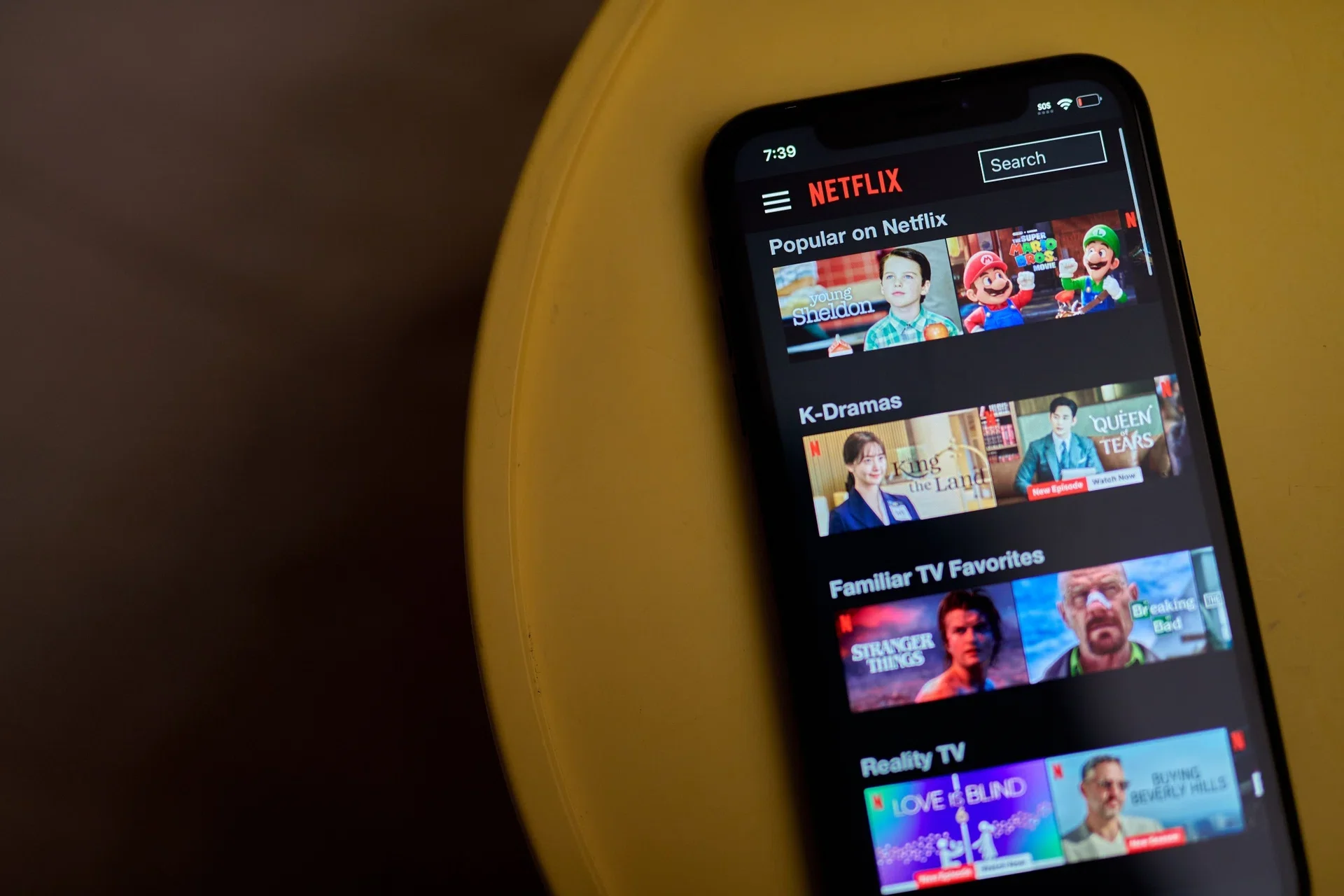Netflix is officially expanding beyond streaming, making its video games playable on TVs for the first time. The rollout includes social, group-friendly titles like Lego Party, Pictionary: Game Night, Tetris Time Warp, and Boggle Party, all available for free to subscribers. Players use their phones as controllers via a QR code, bringing casual multiplayer play into the same living room space where people already binge Netflix shows.
The move marks a shift from Netflix’s earlier, underwhelming mobile gaming attempts. With Americans spending over US$59 billion on video games in 2024 (Statista), Netflix is betting on TV-based, family and party gaming - a niche still largely untapped by streaming rivals. Backed by former Epic Games exec Alain Tascan, the company is focusing on four categories: kids’ games, party titles, major IPs like Grand Theft Auto, and games based on its own franchises (Stranger Things, Squid Game).
🧠 Does It Work?
Strategically, yes - this plays to Netflix’s strength as a shared-screen entertainment hub. By targeting social play, it sidesteps the hyper-competitive mobile and hardcore gaming markets. However, adoption will hinge on ease of use, game quality, and whether players see Netflix as a credible gaming brand - not just a content library experimenting on the side.
📌 Key Takeouts:
Netflix now offers free party games directly on TVs, not just mobile.
Phones act as controllers, aiming for accessible, social play.
The focus: kids, casual, and franchise-linked gaming.
Strength: extends Netflix’s ecosystem into interactive entertainment.
🔮 What’s Next:
Expect Netflix to test more IP-driven titles and experiment with cloud gaming as infrastructure scales. If the experience feels seamless and communal, Netflix could become the “digital living room” for both watching and playing - a model that bridges passive and interactive entertainment in a way few rivals can currently match.
